A Brief History of European Furniture
Generally speaking, European and American furniture is often luxurious, with carvings and gold-painted, old-fashioned, and gorgeous, but a closer look reveals that the styles are very different, some are delicate, and some are magnificent. As a furniture enthusiast and seller, how can we understand their origins and distinguish different styles? Today, let us briefly understand the development history of European furniture.
1. Ancient furniture (before the 5th century AD)
(1) Ancient Egyptian furniture
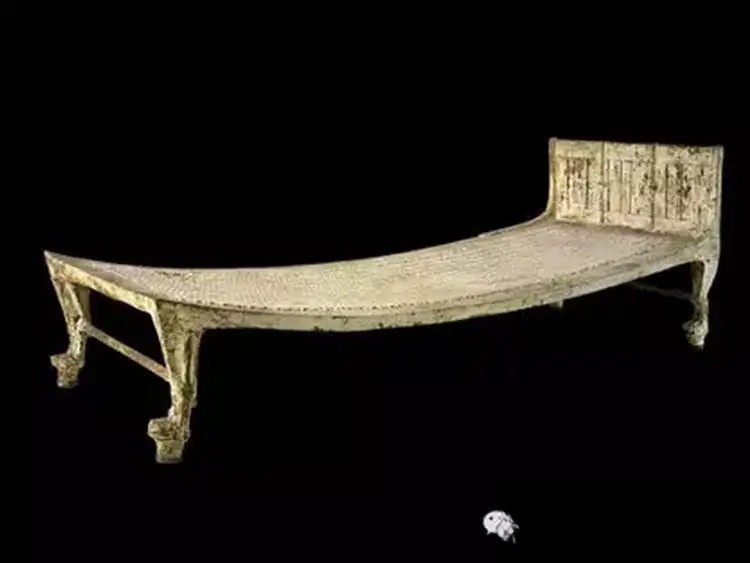
The earliest furniture found in the tomb of Pharaoh Tutankhamun of the 18th Dynasty of Ancient Egypt was very exquisite beds, chairs, gem boxes and other furniture. Its shape is rigorous and neat, and the feet are decorated with carvings imitating the legs of cows, lions and other animals. The surface of the furniture is painted and painted, or inlaid with glazed pottery, stone pieces, mother-of-pearl and ivory, and the patterns are mainly plants and geometric patterns. The materials used for ancient Egyptian furniture are mostly hardwood, and the seat surface is made of leather and linen rope. The structure is made of dovetail joints and bamboo nails.
(2) Assyrian furniture
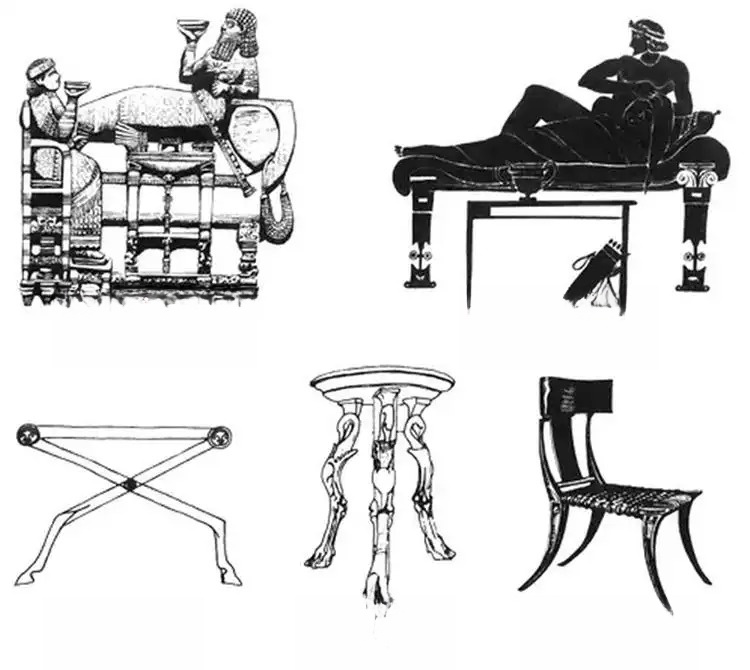
The relief carvings of the architectural relics in West Asia record the image of Assyrian furniture in the 7th century BC, whose varieties, shapes and decorations are very similar to those of ancient Egyptian furniture. The more distinctive features are the appearance of turned wooden chair legs, and the cushions with tassel edging on couches, chairs and stools, showing a gorgeous oriental color.
(3) Ancient Greek furniture
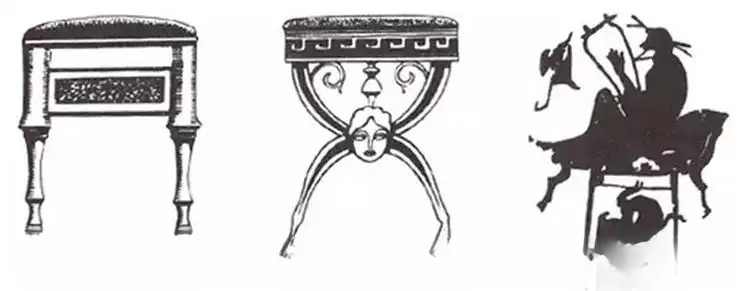
After the 5th century BC, new forms of ancient Greek furniture appeared. The typical one is the Greek chair called "Chrismos", which has a graceful curved back and legs, a simple structure, and is light and comfortable. The surface of the furniture is often painted with exquisite paint, and the decorative pattern is unique with the swastika pattern of palm ribbons painted on a blue background.
(4) Roman furniture
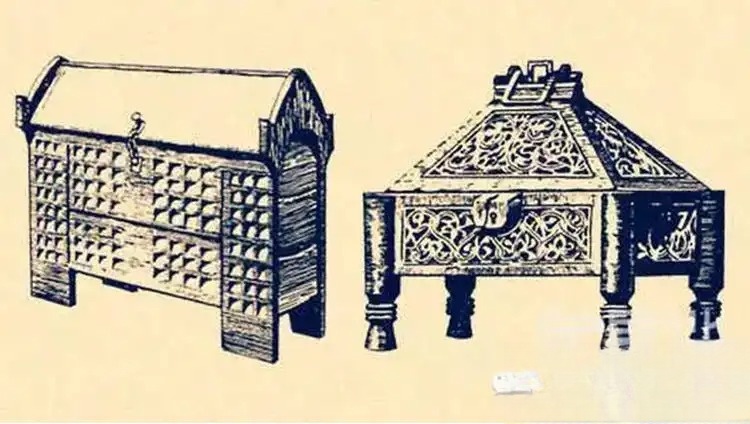
Roman wooden furniture often uses precious wood or metal as veneer and inlay decoration. In addition to wooden furniture, Roman copper and marble furniture have made great achievements. Most of these furniture are carved with lion heads, human figures and leaf-shaped decorative patterns.
2. Medieval furniture (5th century to 15th century)
(1) Byzantine furniture
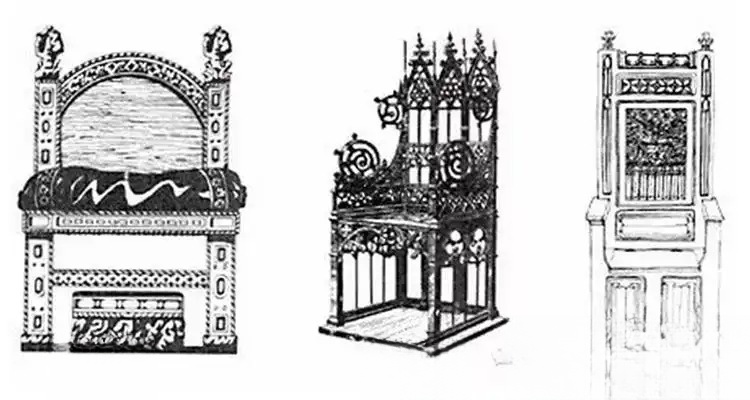
This refers to furniture from the Byzantine Empire. It is a type of furniture that is a fusion of Roman and Oriental art. The carvings and inlays are very fine, and ivory carvings are often used for decoration. The decorative patterns are mainly flowers, leaves and vines, interspersed with Christian saints, angels and various animal patterns.
(2) Imitation Roman furniture
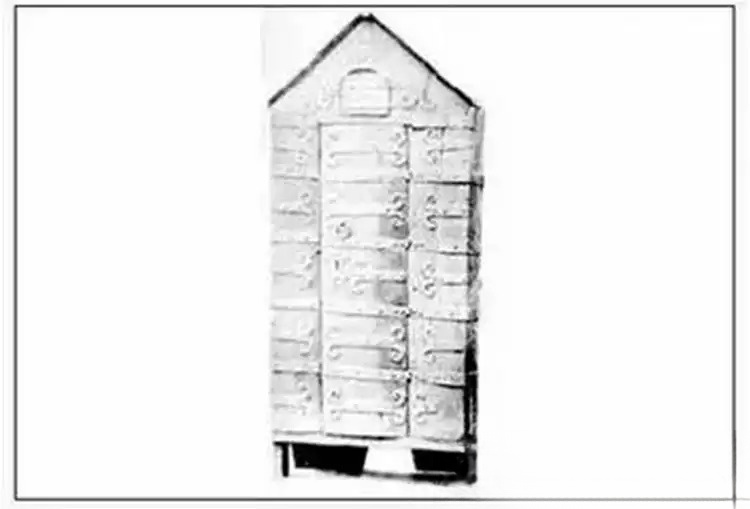
A style of furniture popular in Europe from the 9th to the 13th century. Its characteristics are that the legs of chairs and stools are mostly made of turned wood, and the boxes and cabinets are simple plate structures, painted with bright colors, and reinforced and decorated with metal castings. Occasionally, a simple bas-relief is applied, showing a simple and unpretentious style.
(3) Gothic furniture
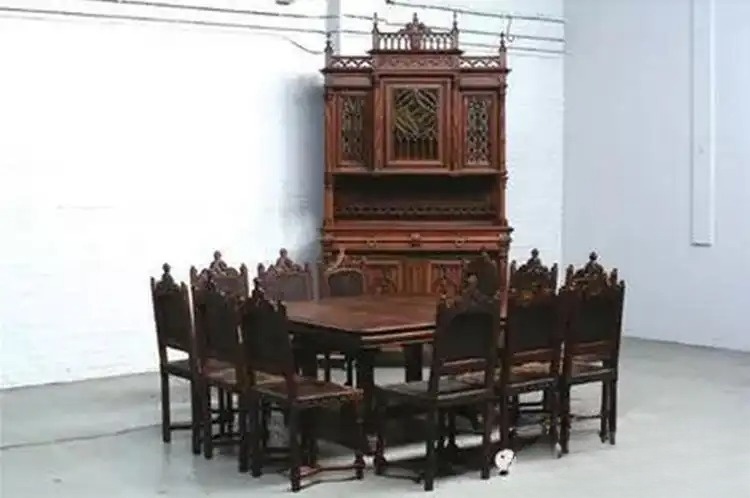
After the 4th century, the decorative patterns of Gothic architecture began to be applied to furniture, and the frame panel structure replaced the old method of nailing thick wooden boards together. New varieties such as high-legged sideboards and box-shaped seats (Figure 3) appeared. The main characteristics of Gothic furniture are rich layers and delicate carvings. The most common patterns are flame-shaped decorations, pointed arches, trefoil and quatrefoil decorations. The commonly used wood is oak.
3. Medieval furniture (15th century to mid-19th century)
(1) Renaissance furniture (15th to 17th century)
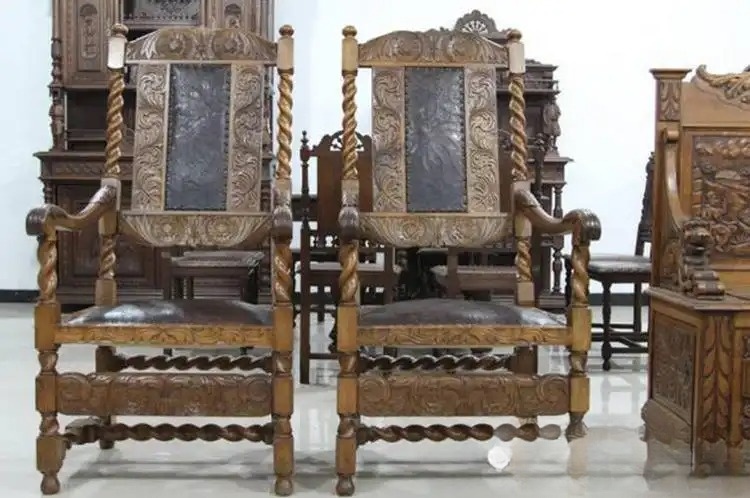
Emphasizing the combination of practicality and beauty, people-oriented, pursuing comfort and happiness, giving furniture more rationality and human touch, forming a practical, harmonious, delicate, balanced and gorgeous style. The main features are: heavy and dignified appearance, simple and rigorous lines, harmonious facade proportions, and the use of classical architectural decorations.
(2) Baroque furniture (17th century to early 18th century)
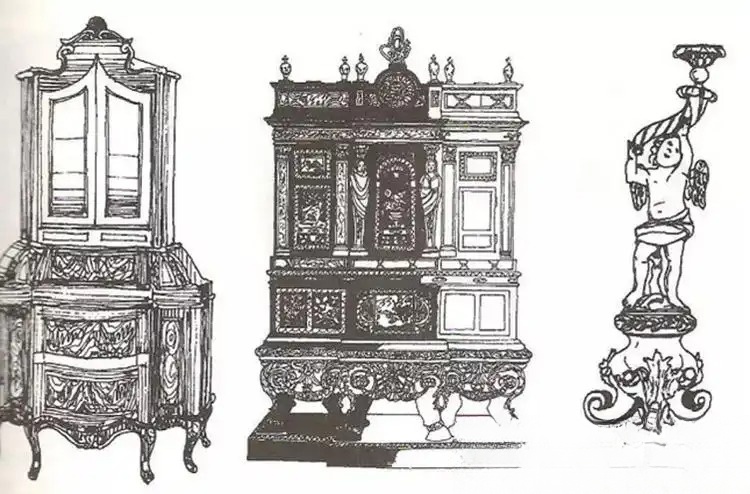
The Baroque style is derived from the Renaissance style, but it is a passionate and unrestrained romantic style in contrast to the rational classicism of the Renaissance style. The main features of Baroque furniture are: emphasizing the harmony of the overall decoration, using exaggerated curves, and applying Chinese-style lacquer decoration. After Baroque furniture was introduced to France, it developed into a luxurious and unique French Baroque furniture called Louis XIV furniture. Commonly used materials are walnut and oak, inlaid with tortoise shells and copper sheets, and copper coating is used on the corners of the furniture. The most common decorative patterns are mythological figures, spirals, and floral decorations.
(3) Rococo furniture (18th century to mid-18th century)
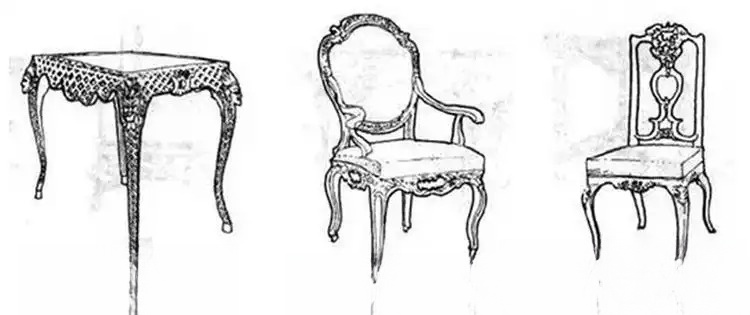
A new romantic style of furniture formed on the basis of deliberately modifying Baroque furniture. Since this style of furniture was formed and popular in the Louis XV period of France, it is also called Louis XV furniture. Its main feature is the combination of beautiful curved lines and delicate carvings. The feet of all furniture are curved, and some even have cabinet doors that are processed into soft undulating surfaces. The most typical carved decorations are strip-shaped scroll decorations, leaf decorations all around, and curved patterns such as clam shells and water plants. Rococo-style painted furniture is also very distinctive, with black and white lacquer being the most common, and decorated with gorgeous gold-plated reliefs and copper-inlaid decorations, which have an extremely delicate and elegant artistic effect.
(4) Neoclassical furniture (mid-18th century to mid-19th century)

French neoclassical furniture matured during the Louis XVI period, so it is also called Louis XVI furniture. It was soon spread to Italy, Germany, Spain and other countries. The characteristics of neoclassical furniture are that it takes thin straight lines as the keynote of the shape, pursues the harmony of the overall proportion, and does not make excessive detailed carvings, showing the classical spirit of rationality, moderation, clear structure and rigorous context. Furniture mostly uses square or round feet that gradually shrink from top to bottom, and the frame of the cabinet is mostly decorated with diamond or cone-shaped inlaid veneers made of precious wood such as mahogany.
4. Modern style furniture (late 19th century ~ 20th century)
(1) Imperial Furniture
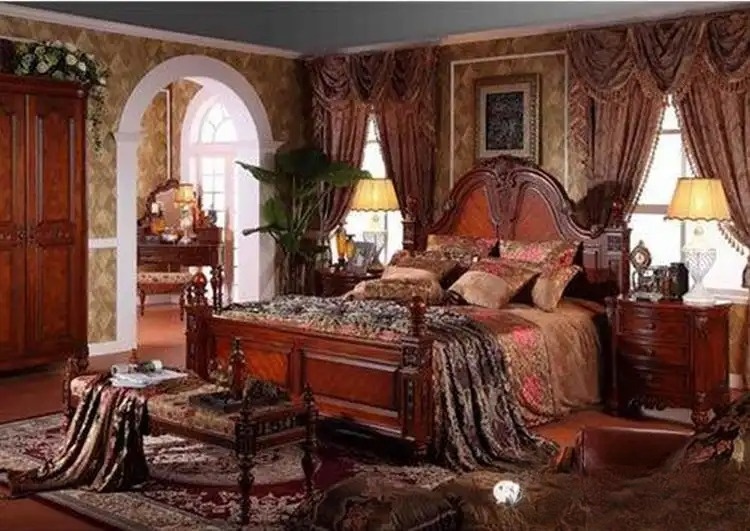
It is a late classical decorative furniture, which was produced after the French Revolution and matured during the reign of Napoleon from 1804 to 1815. Empire furniture imitates the ancient art forms with a faithful archaeological attitude, imitates the outline of ancient buildings in shape, and uses ancient statues, wreaths, ancient vases and crowns in decoration. In addition to carving, inlaying and painting, the use of copper gilded ornaments is also very common.
(2) Baidemiya style furniture
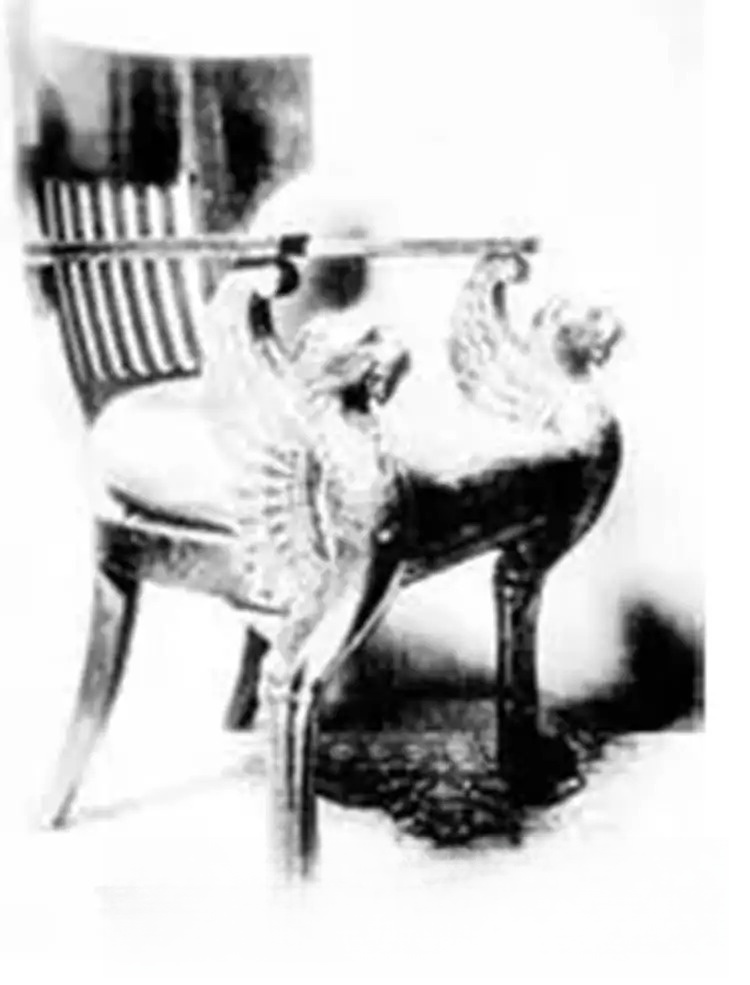
The last furniture style in the history of classical decorative furniture, popular in Europe between 1815 and 1848. The Baidemian style, which originated from European folk furniture, is simple, plain, restrained and heavy, and mostly uses precious woods such as mahogany for veneer decoration. In the middle of the 19th century, this style gradually tended to curves and gorgeous decorations, and developed into the new Rococo style in Germany, the Louis Philippe style in France, and the early Victorian style in the UK. These styles are actually furniture styles that imitate and piece together various styles in history.
(3) De Stijl furniture
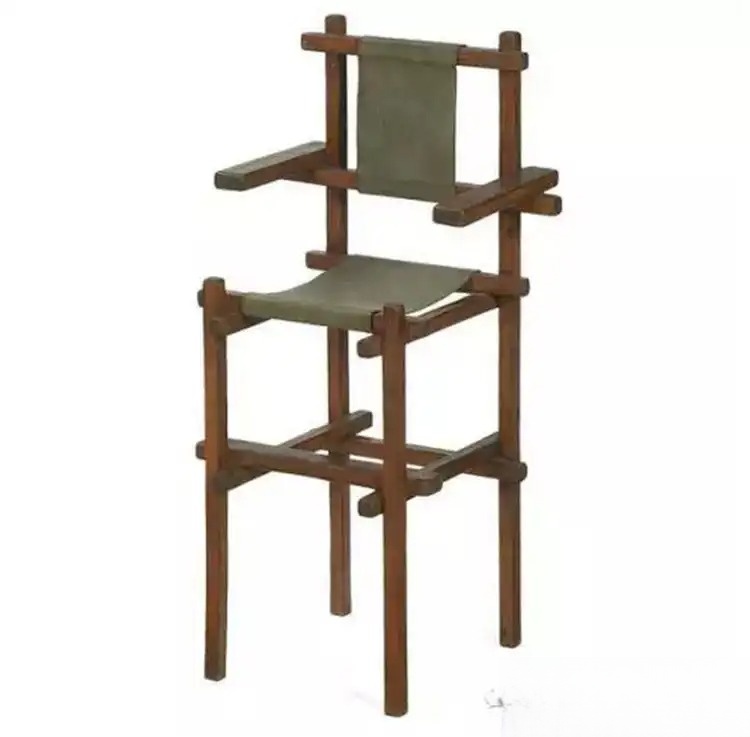
In 1917, a group of Dutch painters, architects and designers founded the magazine "De Stijl" and used it as the name of this school movement. The De Stijl movement accepted the views of Cubism, advocated the use of pure cubes, geometric shapes and vertical or horizontal surfaces to shape images, pursued the aesthetic principles of clarity, function and order, and emphasized the abstract and concise artistic style. The famous red and blue chair is the representative work of G. Rietveld, a member of the De Stijl movement.
(4) Bauhaus furniture
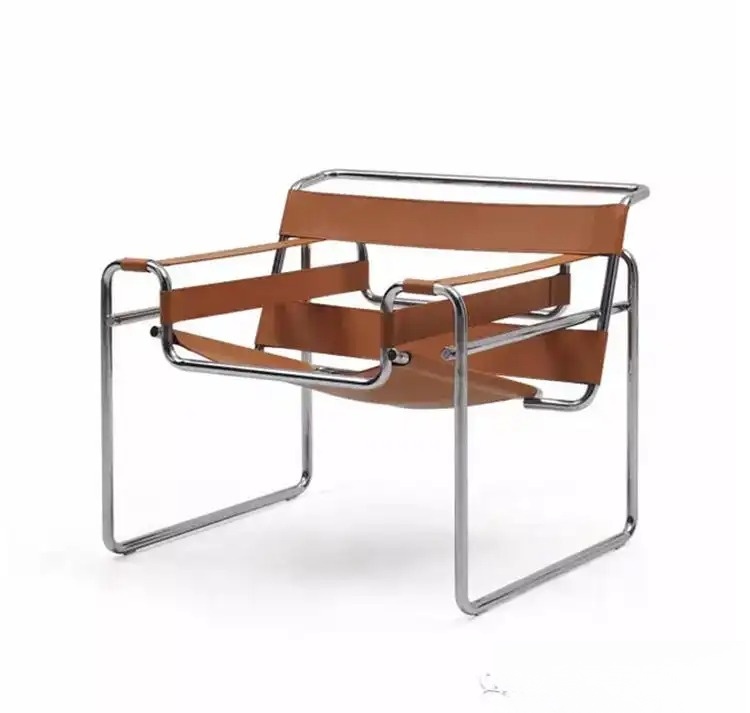
Bauhaus is the abbreviation of a comprehensive school of plastic arts in Germany. It was founded in 1919 and closed by the German Nazi regime in 1933. Although it has only a short history of 14 years, its contribution and influence on modern art and design are enormous. Bauhaus filled the gap between art and craft technology before the 19th century, making modern art and modern technology a perfect unity. M. Broyer, a famous designer who graduated from the school and stayed to teach, has designed many outstanding modern furniture (Figure 10). These works fully reflect the design characteristics of Bauhaus, such as focusing on function, facing industrialized production, and striving for consistency in form, materials and craftsmanship, thus becoming a model of modern furniture.
(5) International style furniture
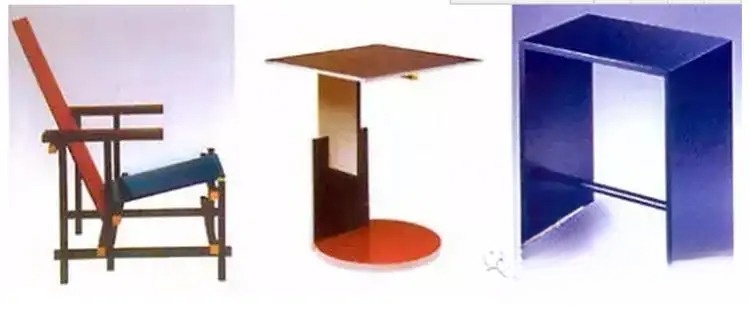
After the Bauhaus was closed, many famous German designers and educators came to the United States, laying the foundation for the modern design movement in the United States, and developing the American International Style from 1940 to 1950. This style of furniture is based on function, uses simple geometric shapes as modeling elements, seeks perfect proportions, and uses precise technology and excellent materials as a guarantee of its quality, fully demonstrating a perfect, reasonable, simple, bright and orderly modern sense.
Check these out

Big C European luxury brand

Haohao's family , a confident and elegant goddess in the European and American style

European website recommendations

Big C dresses give you all the enchantment you want

The heavy beading of the palm house is unique, novel and fashionable

S Home Fashion Women's Clothing